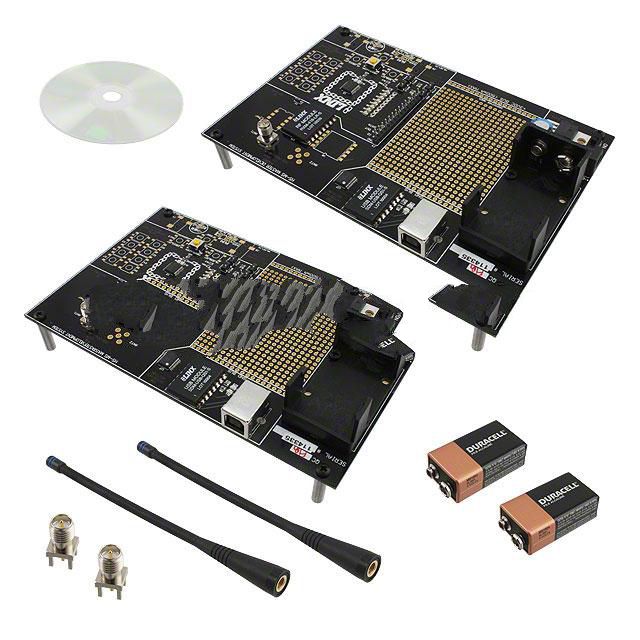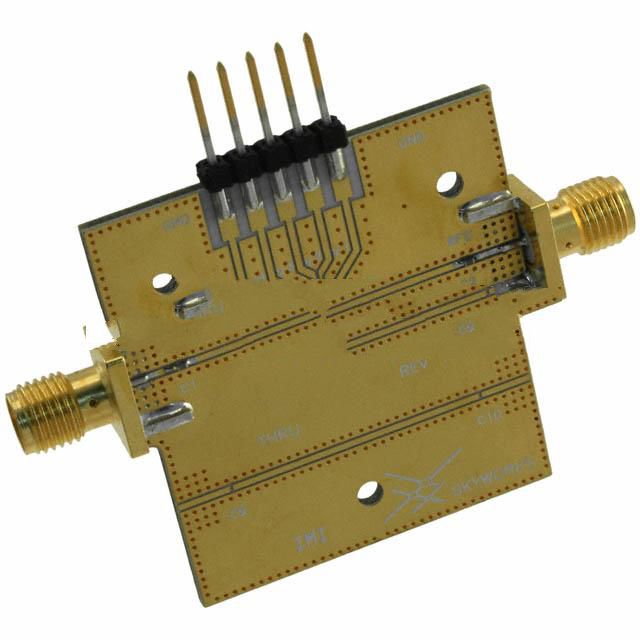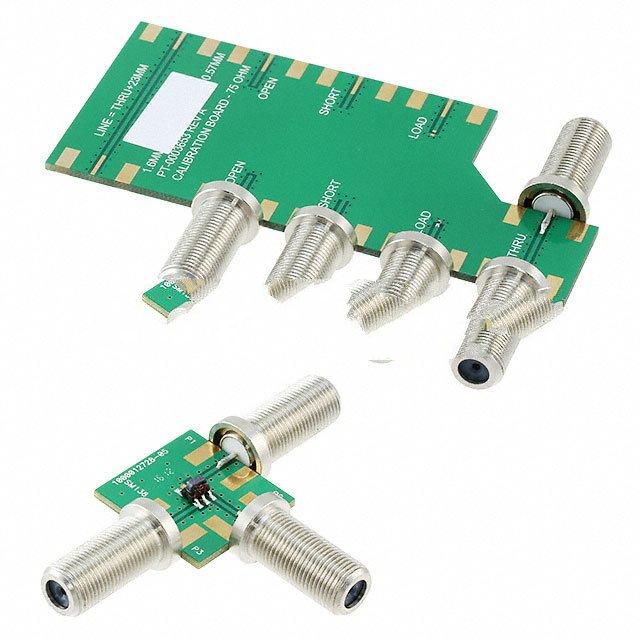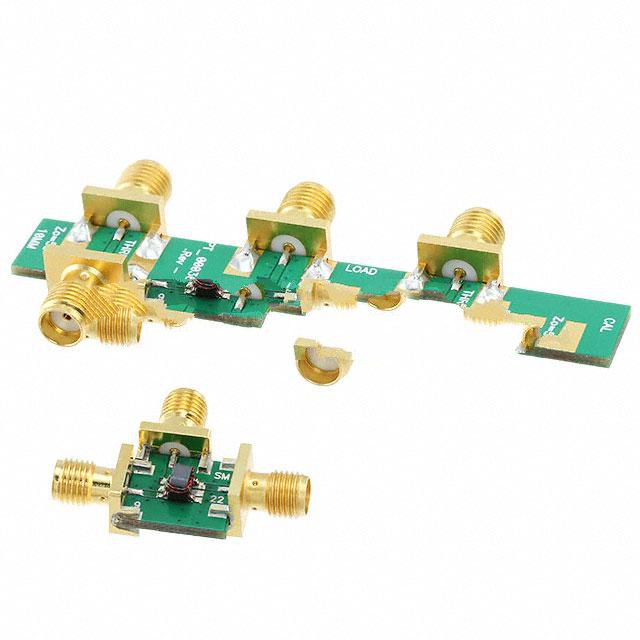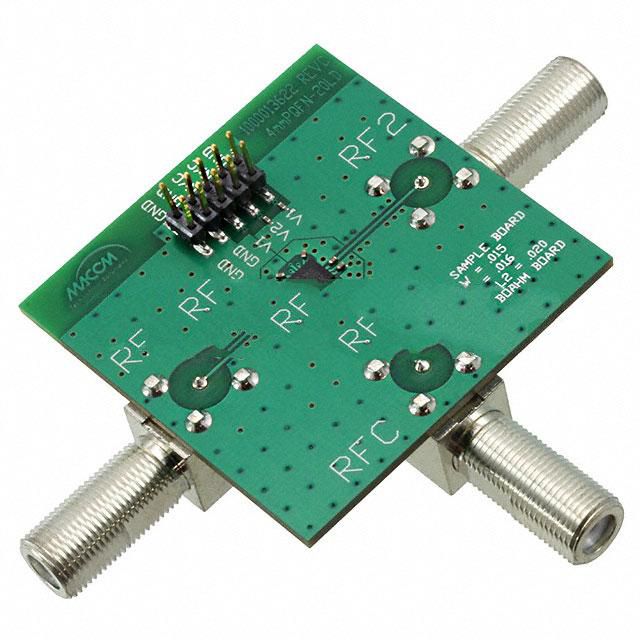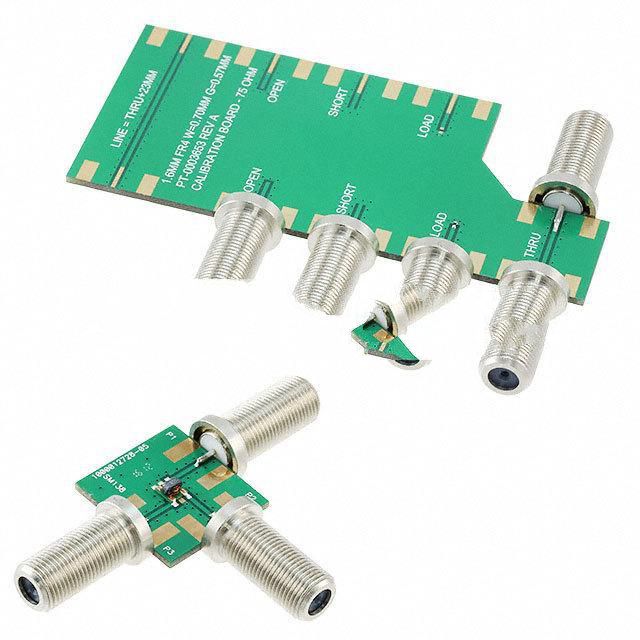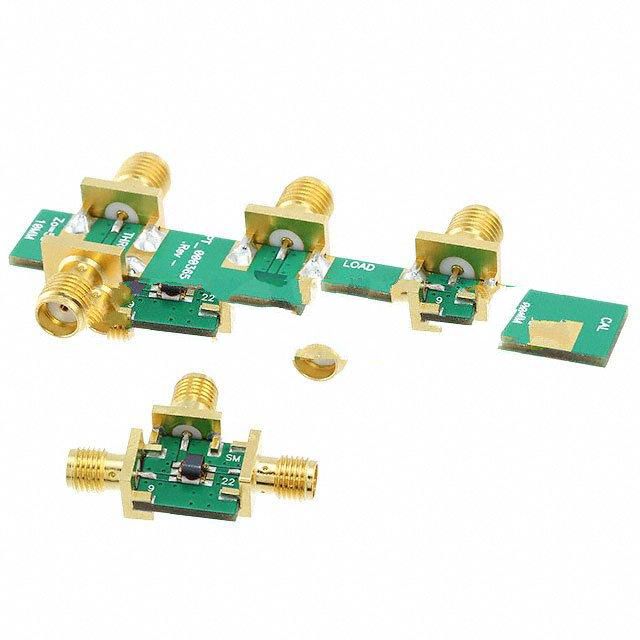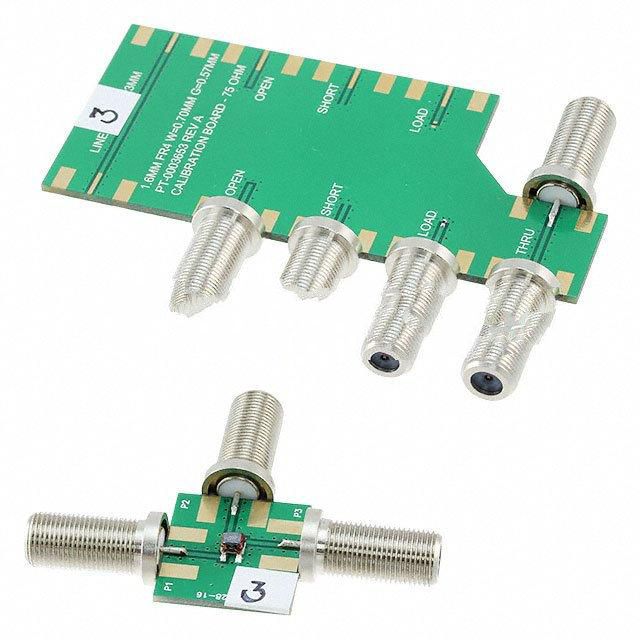MABA-008509-CT69TB Product Introduction:
MACOM Technology Solutions Part Number MABA-008509-CT69TB(RF Evaluation and Development Kits, Boards), developed and manufactured by MACOM Technology Solutions, distributed globally by Jinftry. We distribute various electronic components from world-renowned brands and provide one-stop services, making us a trusted global electronic component distributor.
MABA-008509-CT69TB is one of the part numbers distributed by Jinftry, and you can learn about its specifications/configurations, package/case, Datasheet, and other information here. Electronic components are affected by supply and demand, and prices fluctuate frequently. If you have a demand, please do not hesitate to send us an RFQ or email us immediately sales@jinftry.com Please inquire about the real-time unit price, Data Code, Lead time, payment terms, and any other information you would like to know. We will do our best to provide you with a quotation and reply as soon as possible.
Introducing the MACOM Technology Solutions MABA-008509-CT69TB, a cutting-edge RF amplifier module designed to revolutionize the telecommunications industry. This compact and powerful module is packed with advanced features that make it the perfect solution for a wide range of applications.
The MABA-008509-CT69TB boasts an impressive frequency range of 30 MHz to 2.7 GHz, ensuring compatibility with various communication systems. With a gain of up to 20 dB, this amplifier module provides exceptional signal amplification, enhancing the overall performance of your communication devices.
One of the standout features of the MABA-008509-CT69TB is its high linearity, which ensures minimal distortion and interference, resulting in crystal-clear signal transmission. Additionally, this module offers excellent power efficiency, allowing for longer battery life in portable devices.
The MABA-008509-CT69TB is designed to withstand harsh environmental conditions, making it suitable for use in outdoor applications. Its compact size and lightweight design make it easy to integrate into existing systems, saving valuable space and reducing installation costs.
This versatile amplifier module finds applications in various fields, including wireless communication systems, cellular base stations, satellite communication systems, and radar systems. Whether you are looking to improve the performance of your wireless network or enhance the range of your radar system, the MABA-008509-CT69TB is the ideal choice.
In conclusion, the MACOM Technology Solutions MABA-008509-CT69TB is a state-of-the-art RF amplifier module that offers exceptional performance, reliability, and versatility. With its advanced features and wide range of applications, this module is set to revolutionize the telecommunications industry.
RF Evaluation and Development Kits, Boards are specialized tools designed for the design, testing, and evaluation of radio frequency (RF) integrated circuits. This kit/board integrates a complete RF subsystem, including RF front-end, signal processor, power management unit, necessary interface circuits, as well as necessary testing points and debugging tools. It allows engineers to quickly build and validate the performance of RF circuits in the early stages of development, including key parameters such as gain, noise figure, linearity, frequency response, etc. The RF evaluation and development kit typically adopts a modular design, making it easy for users to configure and expand according to specific needs. It also provides rich development documentation and example code to help users accelerate the development process. In addition, the kit also supports multiple communication protocols and standards, such as GSM, LTE, Wi Fi, Bluetooth, etc., providing comprehensive support for the development of wireless communication devices.
Application
RF Evaluation and Development Kits, Boards are widely used in RF circuit design, testing and evaluation in wireless communication, Internet of Things, automotive electronics, aerospace and other fields. In the field of wireless communication, it has become an indispensable tool in the research and development of communication devices such as mobile phones, base stations, and wireless sensors, helping engineers quickly verify the performance of RF modules and optimize design solutions. In the field of IoT, RF evaluation and development kits and boards support various IoT communication protocols such as Low Power Wide Area Network (LPWAN), Zigbee, LoRa, etc., providing strong support for the research and development of IoT devices. In addition, in the field of automotive electronics, with the rapid development of autonomous driving and vehicle networking technology, RF evaluation and development kits and boards are widely used in the research and development of key components such as automotive radar and in vehicle communication systems. The aerospace industry has stricter requirements for RF technology, and the RF evaluation and development kit and board's high precision, reliability, and scalability make it the preferred tool for RF circuit design and verification in this field.
FAQ about RF Evaluation and Development Kits, Boards
-
1. What are the main application areas of radio frequency integrated circuits?
RFIC has a wide range of applications, mainly including the following aspects:
Wireless communication: used in mobile phones, wireless walkie-talkies, Bluetooth devices and Wi-Fi terminals, etc., responsible for modulating, demodulating and amplifying signals.
GPS: RFIC is often used in GPS receivers to process GPS signals and realize positioning functions.
Radio frequency identification (RFID): used in RFID tags and readers to realize contactless identification and data transmission.
Television and radio: used in television receivers, digital TV tuners and radios to process radio frequency signals.
Radar systems: used for signal processing and target detection in weather radars, military radars and other monitoring systems.
Internet of Things (IoT) devices: act as wireless communication modules in various IoT devices, such as smart home controllers and remote sensors.
Medical devices: some medical devices, such as remote monitoring devices and implantable medical devices, also use RFIC for data transmission.
Automotive electronics: used in vehicle communication systems, such as vehicle wireless communication, vehicle positioning and smart key systems.
-
2. What does an RFIC usually consist of?
Radio frequency integrated circuits (RFICs) usually consist of the following components:
Antenna: responsible for signal transmission and reception, completing the conversion of conducted RF signals to electromagnetic waves in space .
Filter: responsible for signal filtering, usually a bandpass filter, allowing only the required signals to be transmitted or received, filtering out useless signals and interference.
Low noise amplifier (LNA): used to amplify weak received signals and reduce noise interference on the signal.
Power amplifier (PA): Amplifies the small signal in the transmission path to a certain power level to ensure long-distance wireless transmission.
Modulator: Used for signal modulation, usually "up-conversion", to load information onto the RF carrier.
Demodulator: Decodes the received signal and recovers the original signal from the RF carrier.
Application areas of RF integrated circuits:
Wireless communication: Used in mobile phones, wireless walkie-talkies, Bluetooth devices, and Wi-Fi terminals, etc., responsible for modulating, demodulating, and amplifying signals.
GPS: Used in GPS receivers to process GPS signals and realize positioning functions.
Radio frequency identification (RFID): Used in RFID tags and readers to achieve contactless identification and data transmission.
Television and broadcasting: Used in television receiving equipment, digital TV tuners and broadcasting to process RF signals.
Radar systems: Used for signal processing and target detection in weather radars, military radars, and other monitoring systems.
Internet of Things (IoT) devices: Act as wireless communication modules in devices such as smart home controllers and remote sensors.
Medical devices: Some medical devices such as remote monitoring devices and implantable medical devices also use RFIC for data transmission.
Automotive electronics: used in vehicle communication systems, such as vehicle wireless communication, vehicle positioning and smart key systems.
RF integrated circuits play a vital role in modern electronic products and systems with their miniaturization, low power consumption and high integration.
-
3. What are RF circuits used for?
Communication systems, radar detection systems, microwave heating
RF circuits (radio frequency circuits) are mainly used in communication systems, radar detection systems and microwave heating.
Applications in communication systems
RF circuits play a vital role in communication systems. For example, mobile phones, wireless local area networks (WLANs), wireless broadcasting systems (such as TVs and radios), etc. all rely on RF circuits to transmit and receive signals. RF circuits ensure the normal operation of these systems by processing signals with electromagnetic wavelengths in the same order of magnitude as the circuit size.
Applications in radar detection systems
RF circuits are also widely used in radar detection systems. Radar detects the distance, speed and other information of target objects by emitting electromagnetic waves and receiving their reflected signals. The high-frequency characteristics of RF circuits enable radars to work over long distances and have high resolution and penetration capabilities.
Applications in microwave heating
In addition, RF circuits are also used in microwave heating. Microwave ovens use microwave power to heat food, and generate heat through the interaction of electromagnetic waves with water molecules in food. This technology uses the high-frequency characteristics of RF circuits to achieve fast and uniform heating effects.
 Lead free / RoHS Compliant
Lead free / RoHS Compliant













